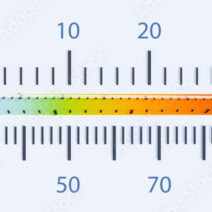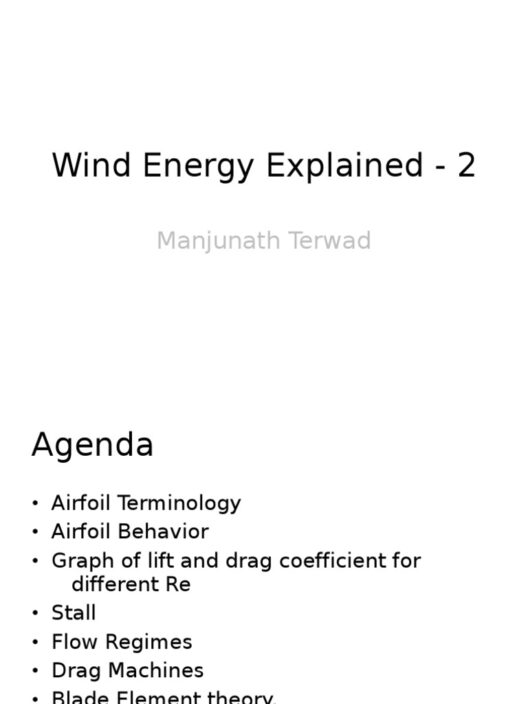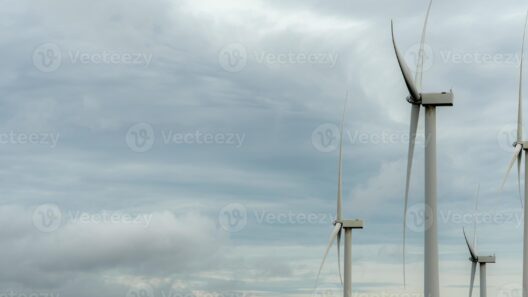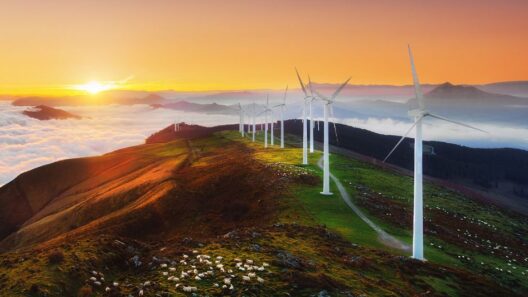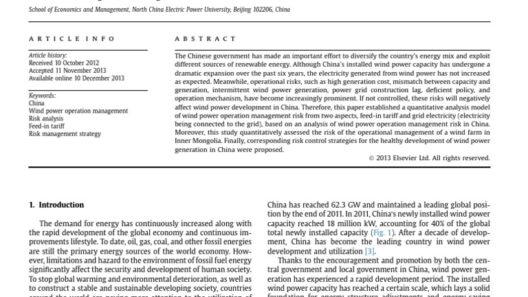Wind energy has emerged as a frontrunner in the renewable energy sector, with the potential to transform how we harness power. As nations strive to reduce carbon emissions and mitigate climate change, the investment in wind energy often raises the question: Is wind energy expensive? This inquiry envelops both the initial costs of infrastructure and the long-term benefits associated with its utilization. Understanding the costs and benefits of wind power is crucial for investors, policymakers, and consumers alike.
To comprehend whether wind energy is indeed expensive, one must analyze the various dimensions of its costs — including initial capital investment, operational expenses, maintenance, and financing. Conversely, evaluating the benefits, such as environmental impact, longevity, and the reduction of dependency on fossil fuels, adds significant depth to this discourse.
Evaluating the Initial Capital Investment
The initial capital investment for wind energy infrastructure can appear daunting at first glance. Setting up wind farms requires significant funding for the purchase and installation of turbines, as well as land acquisition, transmission lines, and other necessary components. However, the cost landscape has undergone a seismic shift in recent years. Technological advancements have led to a substantial decrease in the cost of wind turbine production. The price of onshore wind energy has plummeted by more than 70% over the past decade, making it increasingly viable and competitive with traditional fossil fuel energy sources.
Nevertheless, it is essential to consider the geographical location when evaluating wind power costs. Sites with high wind speeds yield greater energy output, lowering the cost per megawatt-hour (MWh). Locations with consistent and robust wind trends can further optimize return on investment, enabling developers to retrieve their investment more rapidly.
Operational Expenses: A Long-Term Perspective
Once a wind farm is operational, its maintenance and operational expenses typically remain low compared to other energy-generating plants. Wind turbines require regular maintenance, but they do not necessitate the same level of intensive upkeep as fossil fuel plants, which require fuel procurement, emissions controls, and environmental compliance. The absence of fuel costs and a long operational lifespan — often 20 to 25 years — contribute to the overall economic benefits of wind energy.
Additionally, the potential for technological innovations plays a pivotal role in enhancing the longevity and efficiency of wind turbines. Developments in predictive maintenance techniques and turbine design are continuously emerging, further minimizing operational costs over time. This factor needs to be considered while addressing affordability concerns, as these innovations could yield ultimately lower costs in the long run.
Hidden Costs of Conventional Energy Sources
To fully understand the expenses associated with wind energy, it is necessary to contextualize it within the broader energy landscape. Traditional energy sources, particularly fossil fuels, incur numerous hidden costs that are often overlooked. The environmental ramifications of coal, oil, and natural gas extraction and combustion, such as air and water pollution, public health impacts, and climate change damages, contribute to societal expenses that are not reflected in immediate pricing. Furthermore, as fossil fuel resources deplete, their extraction costs continue to rise.
In contrast, wind energy offers a clear advantage. Utilizing wind as a power source significantly reduces greenhouse gas emissions, preserving air quality and promoting public health outcomes. These externalities often lead to vague cost implications, yet they are profoundly significant when analyzing the overall financial picture of energy generation. By transitioning to wind power, society alleviates these hidden costs, paving the way for a sustainable energy future.
Assessing the Economic Viability of Wind Power
The economic viability of wind energy is also reinforced by the growing trend of corporate power purchase agreements (PPAs). Many businesses are recognizing the benefits of directly procuring wind energy for their operations. By locking in stable long-term energy prices, companies mitigate the volatility often associated with fossil fuel markets. This stability can significantly aid financial forecasting, capital expenditure planning, and overall budget management. The ability to secure lower energy costs enhances competitiveness as well, showcasing the tangible economic benefits of investing in renewable energy sources.
The Societal Benefits of Wind Energy
Beyond mere financial considerations, wind energy brings forth a plethora of societal advantages. Job creation is a prominent benefit. The transition to wind power necessitates a skilled workforce for turbine manufacturing, installation, operation, and maintenance. In regions where wind farms emerge, these positions can bolster local economies and provide residents with stable, well-paying jobs that may not be available through fossil fuel industries.
Moreover, the decentralization of energy generation through wind farms can enhance energy security and resilience. By diversifying energy sources, nations can decrease their dependency on volatile global energy markets and stave off the repercussions that accompany geopolitical unrest. Localization of energy production ensures that communities have a greater say in their energy futures, directly influencing local economies and governance on energy policy.
The Future of Wind Energy: An Investment Worth Making
As the world collectively pivots toward sustainability, the question of whether wind energy is expensive should be reframed. When considering the long-term financial, social, and environmental dividends of wind power, it becomes increasingly clear that it is not only a cost-effective solution but also a pivotal investment in the future. With continual advancements in technology, favorable policy incentives, and a growing demand for clean energy alternatives, the wind industry is poised for exponential growth.
In conclusion, the initial expenses associated with wind energy must be balanced against the substantial operational savings, hidden costs of fossil fuels, and widespread societal benefits. Rather than viewing wind energy as an expensive option, stakeholders should recognize it as a vital component in transitioning toward a more sustainable and economically sound energy paradigm.
